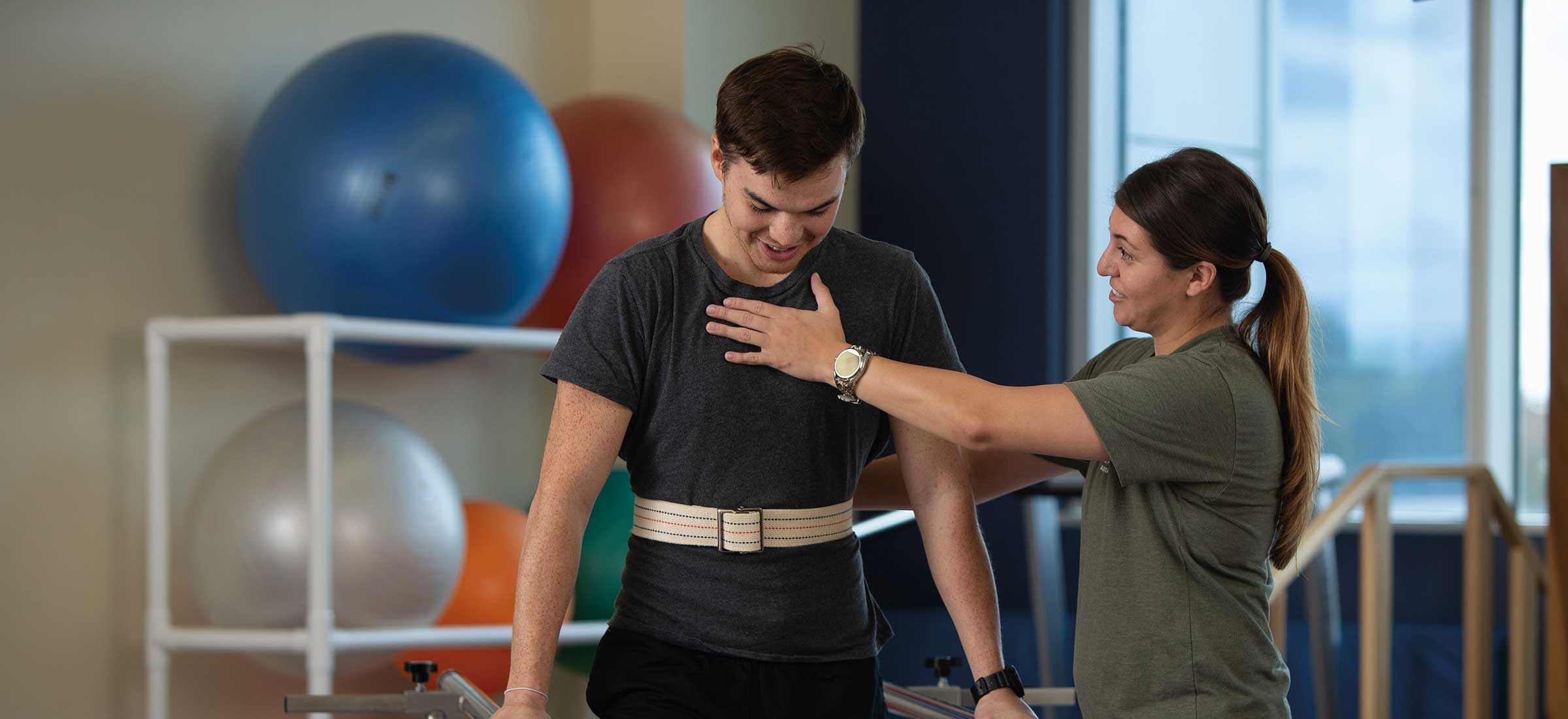Empowering Recovery and Functionality Through Effective Trauma Prevention Tactics in Physical Therapy and Individual Training
Empowering Recovery and Functionality Through Effective Trauma Prevention Tactics in Physical Therapy and Individual Training
Blog Article
Within the world of physical rehabilitation and individual coaching, injury avoidance is a vital aspect that can substantially improve rehabilitation and performance. Effective injury avoidance tactics help individuals prevent setbacks that can arise due to physical exertion. These tactics are designed to strengthen the physique, enhance flexibility, and promote correct motion patterns. By focusing on these aspects, both physiological therapists and personal trainers can empower their participants to attain their fitness goals while reducing the chance of injury.
One of the key elements of harm prevention is understanding the importance of appropriate preparation and cool-down protocols. A preparation prepares the body for activity by boosting blood flow to the tissues and improving flexibility. This can consist of active stretches and light cardiovascular activities that gradually elevate the heart rhythm. On the contrary hand, a cool-down assists the body transition back to a resting condition, lessening muscular soreness and stiffness. Including these protocols into a workout plan is crucial for maintaining overall physical health and preventing injuries.
Another crucial strategy is the use of strength exercise to develop muscular and support articulations. Strong muscular can assist support articulations, which reduces the likelihood of injuries during physical activities. Individual coaches often create resistance exercise programs that target specific muscular areas, ensuring a balanced approach to fitness. Additionally, physical therapists may employ strength workouts to assist participants rehabilitate from harm while also avoiding future issues. By focusing on strength, individuals can enhance their performance in sports helpful hints and daily activities.
Flexibility training is also a vital part of injury prevention. Flexibility routines improve the range of motion in joints and assist preserve muscular flexibility. This is especially crucial for sports participants who engage in intense athletics, as tense muscular can result to injuries and tears. Both physiological rehabilitators and individual coaches can include flexibility routines into their regimens, such as stationary and active flexibility exercises, yoga, or yoga. By encouraging mobility, individuals can enhance their overall motion effectiveness and minimize the risk of harm.
Finally, informing clients about physical movement and correct techniques is essential for injury avoidance. Comprehending how to move correctly during workouts can greatly reduce the risk of injury. Personal trainers and physiological rehabilitators can instruct participants about alignment, posture, and the significance of paying attention to their physiques. This knowledge empowers clients to take educated choices about their exercise exertions and identify when they may be at danger of harm. By cultivating a strong foundation of injury prevention tactics, both disciplines can help clients rehabilitate effectively and perform at their best.